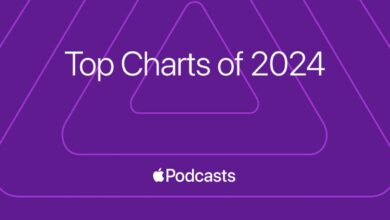Instagram will lower your video quality if they don’t get enough views

Instagram lowers the quality of videos that don’t get many views, Instagram head Adam Mosseri said Friday. The director of the social media platform revealed this during an ask-me-anything (AMA) session on Instagram Stories. According to him, this applies to all video formats on the platform, including Stories, longer videos and Reels. It is decided to ensure that the videos that are watched by many users and generate a lot of traffic are given priority in terms of encoding.
Instagram reduces the quality of videos that get fewer views
In a thread aftera user posted the video of Mosseri answering a question about why older stories saved as highlights are turning into a lower quality version of the new upload. The Instagram head said the platform has algorithms that automatically check older Stories and Reels that don’t get many views and reduce their quality. This is done to reserve the computing resources for videos that are viewed by a large number of users.
This would explain why smaller creators’ highlights and reels appear somewhat grainy when viewed after a certain period of time. Mosseri emphasized that quality reduction is applied after the interest cycle of a recent upload has ended. In theory, this could take several days to several weeks.
Some users expressed concerns about this move, especially about the transparency surrounding such a decision. People also asked about the breakdown of whether a certain number of views is needed to maintain video quality.
Mosseri, answers in the Threads post said: “It works on an aggregate level, not on an individual viewer level. We aim for higher quality (more CPU-intensive encoding and more expensive storage for larger files) for creators who generate more views. It is not a binary threshold, but rather a sliding scale.”
When one user suggested that such a move would make it difficult for smaller makers to compete with larger makers, Mosseri said explained that based on the analytics, users tend to interact with videos based on the quality of the content rather than the quality of the videos. He also claimed that the drop in quality of the video is not significant enough to worry users.




